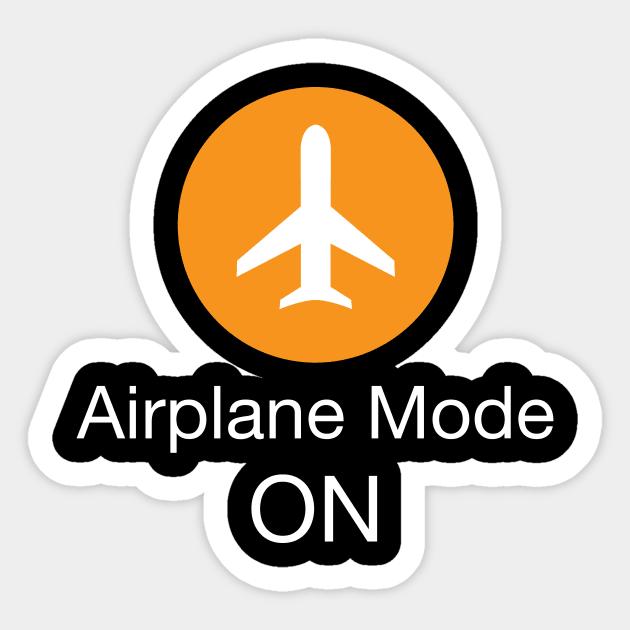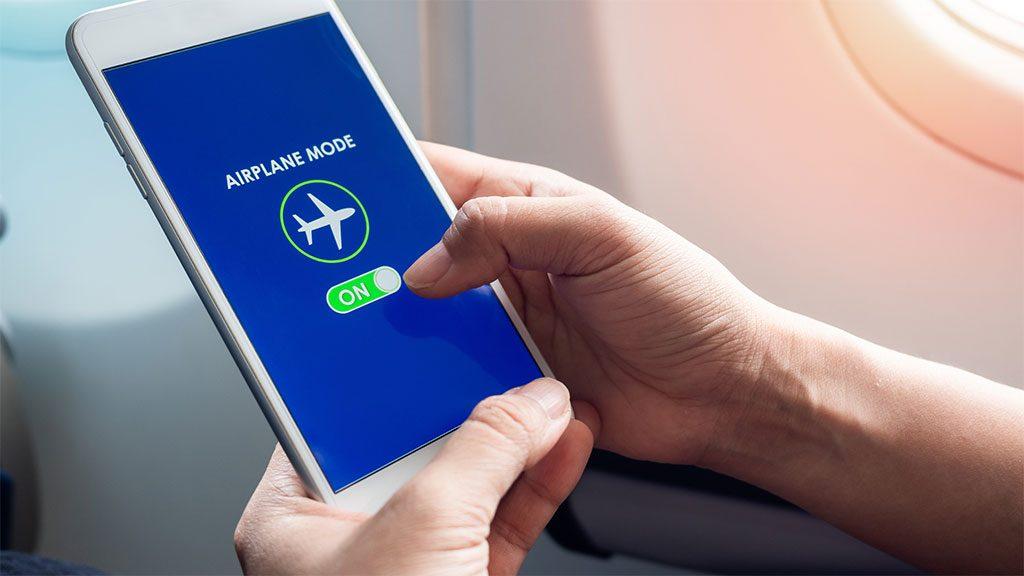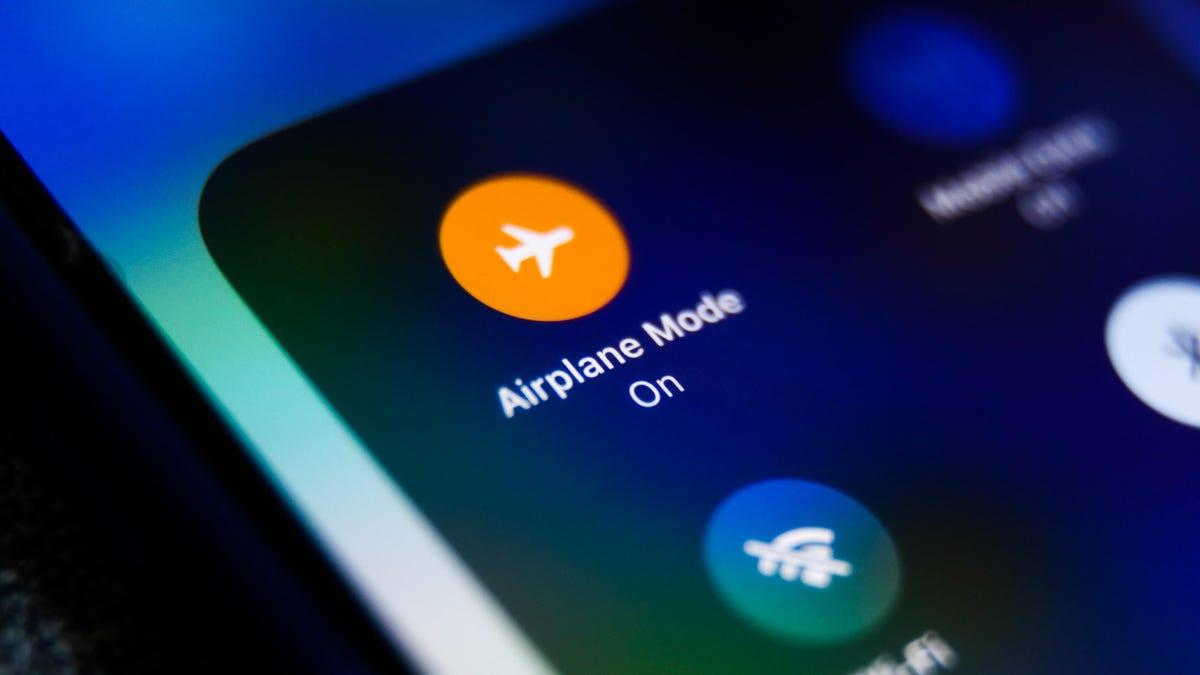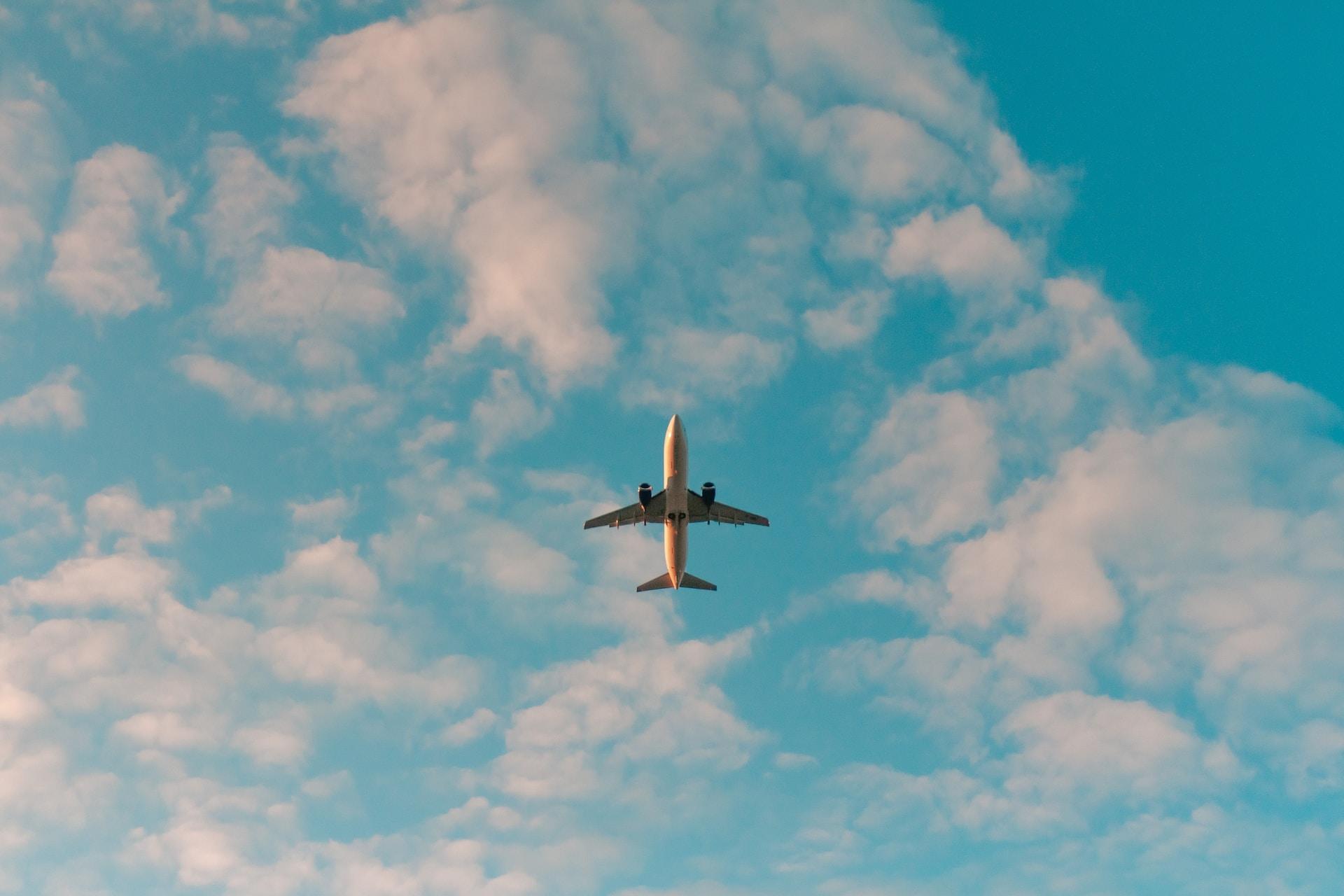The Impact of Electromagnetic Interference on Flight Safety
As commercial flights soar through the skies, the safety of passengers and crew is paramount. One often overlooked aspect of this safety is the potential impact of electromagnetic interference (EMI) that can arise from personal electronic devices. When multiple devices operate simultaneously, particularly during critical phases of flight such as takeoff and landing, they can emit signals that interfere with the aircraft’s navigational and communication systems. This interference is particularly concerning because it may lead to performance degradation, which can compromise the cockpit’s ability to communicate effectively with air traffic control and other vital systems.
The aviation industry takes this threat seriously, which is illustrated by the rigorous protocols established surrounding electronic device usage. Airlines instruct passengers to activate airplane mode for a few key reasons:
- Preventing interference: Ensures that personal devices do not disrupt the aircraft’s avionics systems.
- Maintaining communication integrity: Safeguards against potential dropouts in communication crucial for flight safety.
- Enhancing operational efficiency: Reduces the chance of performance issues that could affect the flight crew’s decision-making.
By adhering to these protocols, passengers contribute to safer skies, preserving not just their own safety but that of everyone on board. The next time you’re instructed to turn on airplane mode, remember that it’s not just a matter of simple compliance; it’s a critical component of maintaining aviation safety in an increasingly connected world.

Understanding the Benefits of Airplane Mode for Personal Devices
When you activate airplane mode on your personal devices, you’re not just following airline regulations; you’re also enhancing your device’s performance and extending battery life. Disabling wireless communication temporarily suspends functions like Wi-Fi, cellular data, and Bluetooth, significantly reducing the power your device uses. As a result, your battery can last much longer during a flight, allowing you to enjoy movies, read e-books, or listen to music without the constant worry of running out of juice mid-journey. This feature also prevents unwanted interruptions, providing a more immersive entertainment experience while soaring at 30,000 feet.
Moreover, activating airplane mode can protect your device from interference issues. As planes navigate through various altitudes and speeds, your device might continuously lose and search for signals, which can lead to an unnecessary strain on its network connections. By putting your device in airplane mode, you ensure a smoother operation and reduce potential connectivity problems that could arise as you cross through different communication zones. This not only stabilizes the performance of your device but also contributes to the overall safety and efficiency of the flight, making it a win-win situation for passengers and airlines alike.

Balancing Connectivity and Compliance During Air Travel
In an era where staying connected is paramount, the aviation industry faces the dual challenge of accommodating passengers’ desire for connectivity while adhering to stringent regulations. The use of airplane mode during flights is not merely a suggestion; it’s a vital compliance measure that ensures both safety and operational efficiency. When devices are set to airplane mode, they cease to transmit signals that could interfere with an aircraft’s navigation and communication systems. This precaution protects the integrity of all onboard operations, allowing pilots and crew to maintain the highest level of control and safety during a flight.
While technological advancement brings the promise of in-flight Wi-Fi and mobile services, the fundamental requirement for airplane mode remains critical. Passengers should be aware that, beyond regulatory adherence, there are practical reasons for this protocol. Keeping devices on during flight can lead to network overload, as cell towers on the ground struggle to handle signals from multiple devices at cruising altitudes. Moreover, by activating airplane mode, travelers help reduce the risk of data breaches and battery drain, ensuring a smoother experience as they soar through the skies. The balance between using technology and ensuring compliance ultimately enhances the overall air travel experience for everyone on board.

Practical Tips for Using Airplane Mode Effectively While Flying
When it comes to maximizing your flying experience while adhering to the guidelines set forth by airlines, utilizing airplane mode can be a game-changer. Not only does it prevent interference with the aircraft’s navigation systems, but it also offers a chance to enhance your personal productivity or entertainment options mid-flight. Here are some practical tips to harness airplane mode effectively:
- Download Content: Before your flight, make sure to download e-books, podcasts, or movies. Streaming services like Netflix or Spotify allow you to offline access, ensuring you have entertainment at your fingertips without relying on internet connectivity.
- Update Important Documents: If you have essential documents to review, download them prior to your flight. This way, you can utilize the uninterrupted time to focus on your work or study without distractions.
- Utilize Offline Apps: Familiarize yourself with apps that work well in offline mode. Notepad or similar applications are perfect for jotting down ideas or writing journal entries without being tethered to a network.
- Turn Off Notifications: Before hitting the airplane mode switch, consider disabling notifications for apps that may still buzz or ping, ensuring your in-flight experience remains peaceful.
In addition to enhancing your productivity, you can also use airplane mode to manage your device’s battery life effectively. With no signal searching or continuous app updates running in the background, you can preserve your battery for essential use. Here are a few simple strategies:
- Switch to Battery Saver Mode: Activate your phone’s battery saver feature along with airplane mode to conserve power further, ensuring you stay connected for longer if needed.
- Limit Background App Refresh: Turn off background app refresh for non-essential applications before your flight. This reduces battery drain and helps your device work efficiently.
- Dim Your Screen: Reducing screen brightness can significantly extend your battery life. Combined with airplane mode, it creates an ideal setup for your in-flight needs.

